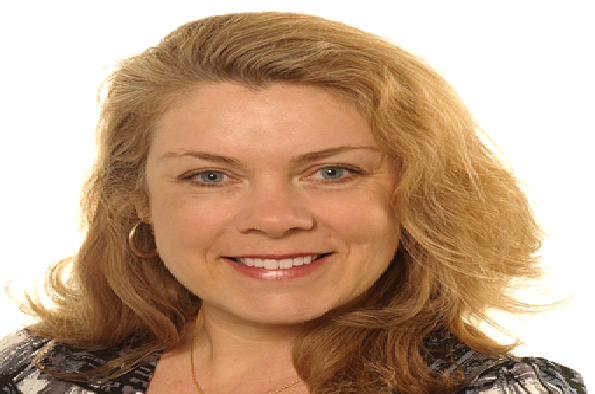
Proteomics Approaches to Map the Three-Dimensional Cell
- Rob Beynon
- Suitable for: Staff and students with an interest in biochemistry
- Admission: Free
Add this event to my calendar
Click on "Create a calendar file" and your browser will download a .ics file for this event.
Microsoft Outlook: Download the file, double-click it to open it in Outlook, then click on "Save & Close" to save it to your calendar. If that doesn't work go into Outlook, click on the File tab, then on Open & Export, then Open Calendar. Select your .ics file then click on "Save & Close".
Google Calendar: download the file, then go into your calendar. On the left where it says "Other calendars" click on the arrow icon and then click on Import calendar. Click on Browse and select the .ics file, then click on Import.
Apple Calendar: The file may open automatically with an option to save it to your calendar. If not, download the file, then you can either drag it to Calendar or import the file by going to File >Import > Import and choosing the .ics file.
Proteins can adopt multiple functions controlled by their sub-cellular location, binding partners and post transcriptional and post translational modification status, and structure. Such differential control significantly increases the functionality of the proteome over what is encoded by the genome. The processes governing these features are highly dynamic and their aberrant control is implicated in many diseases.
We have developed methods to determine the three dimensional organisation of the proteome in eukaryote cells in a single experiment with very good resolution (Mulvey et al, Nature Protocols (2017)). We have applied this method to many different biological systems, including mapping protein relocalization upon perturbation. In all cases, an intriguing observation is that up to half the proteome resides in more than one place. This observation has been recently supported by comparing two very different approaches to map proteins to different subcellular niches (Thul et al, Science (2017)).
In this lecture I will review methodologies that can be used to capture spatial information about the proteome. I will also introduce quantitative mass spectrometry methods that support some of these approaches. Finally I will introduce a new method that also allows us add another layer of complexity upon spatial maps; the location of interaction of the transcriptome and proteome.
